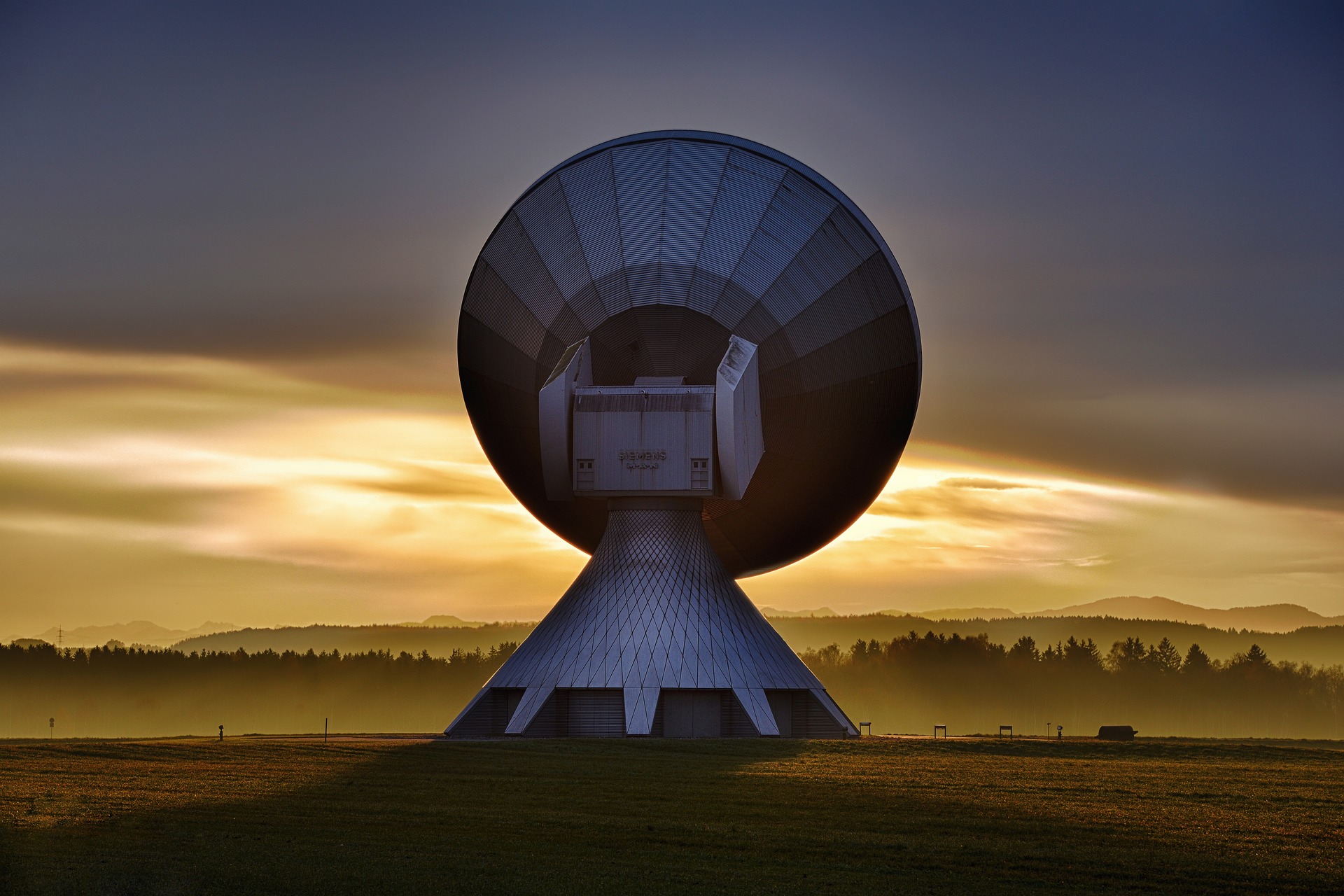Technology
Modern Broadcasting Technology Basics

The broadcasting industry is currently experiencing rapid technological innovation. These changes include adopting cameras with unique angles and never-before-seen views; using augmented reality experiences; and employing VR/AR experiences which put viewers right into the action.
Broadcast media includes radio and television broadcasting services that may be public like National Public Radio or BBC or private like NBC or Sky UK.
Cameras
Cameras are essential tools in producing high-quality broadcasts, both outdoors and indoors. And for all events, including the most anticipated MMA bouts of 2024. Modern broadcast cameras offer faster and clearer images for an engaging experience for audiences.
Broadcasters rely on cameras for everything from network football games to cooking shows, with fixed cameras used at network football games to counterweighted jib arms or crane arms providing dynamic shots, as well as handheld shots mounted directly on someone. Many broadcast cameras feature wide-angle lenses with high magnifications for handheld shots as well as HD or 4K recording capability.
Wireless video transmission systems enable broadcasters to transmit footage back to the studio while in the field, using advanced OFDM technology designed to deliver high-quality footage with minimal latency. ABonAir’s OFDM can manage multiple streams of high-quality data at the same time for increased workflow flexibility and reduce latency issues.
Audio
Radio broadcasting transmits audio signals over radio waves through the air to an antenna and then to receivers, such as public service announcements, daily news and weather forecasts, interviews, documentaries or any other type of program; it can even include music videos or sports programming as forms of recreation.
Quality can be managed using different encoding schemes or by altering parameters such as bit rate and gain. A common value of 256kbit/s can provide high quality stereo signals; using redundancy in the encoding process it may even be reduced further to 192 kbit/s for reduced cost.
IBOC DAB technology allows FM and AM stations to broadcast near CD-quality sound (rather than the standard FM fidelity), along with additional information services to digital-ready radio receivers. Broadcasters may use various audio source coding and compression techniques – MP3 being one such technique used. Furthermore, multicasting to multiple receivers enables diversity of programming services as well as serving unserved or underserved audiences more effectively.
Streaming
Streaming media allows you to access a vast variety of media online without downloading files beforehand, from cats and cooking shows to politics and polo matches. Furthermore, streaming allows you to watch media without running out of storage space on your device or getting infected with malware.
Streaming data differs from downloading in that it is transmitted over the network in small packets, potentially decreasing network traffic and eliminating bottlenecks while at the same time raising technical, performance, and security concerns.
Streaming can be used for both prerecorded and live video broadcasts. When used for live streams, an encoder is essential to creating smaller files for streaming – either hardware or software can work, with hardware usually providing greater reliability and cost effectiveness. You’ll also require an HLS protocol delivery solution and an RTMP ingestion solution as these tools will ensure a successful broadcast experience.
Automation
Automating core broadcast processes offers broadcasters ample opportunity to use technology for inventive new experiences. For instance, they could use generative AI to automatically produce titles, subtitles and news tickers for broadcast.
Automation software such as Autocue can be easily implemented and provide dramatic productivity increases without increasing staff levels. Autocue can also help deliver seamless breakout from live studio output that may be needed during emergency broadcasting events like natural disasters or severe weather conditions.
As AI becomes a more ubiquitous force in broadcasting, broadcasters must prepare themselves for its implications on workflows. Training may be necessary in order to utilize this technology effectively; however, its scalability makes AI unrivalled as it offers enormous cost savings while simultaneously guaranteeing viewers receive only high-quality content.




